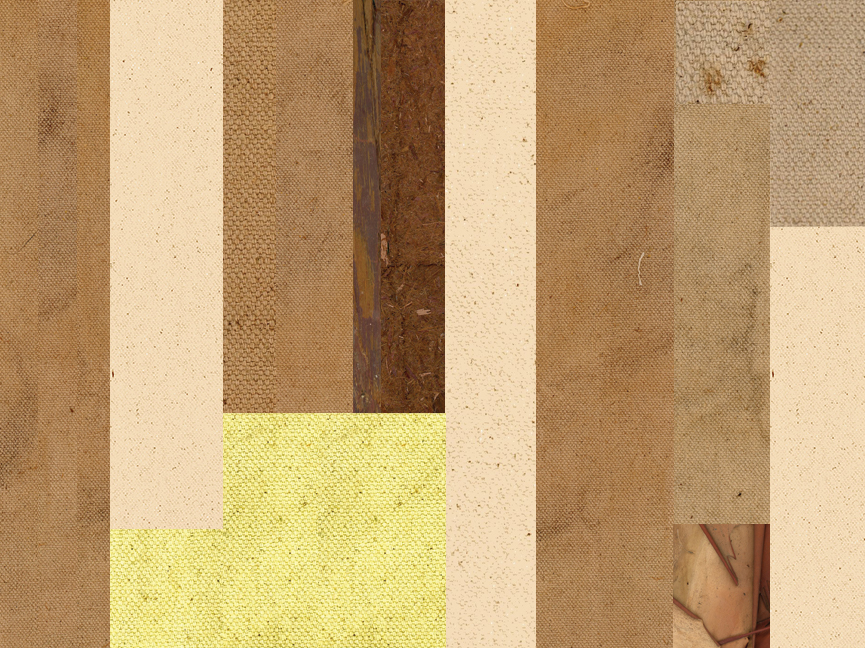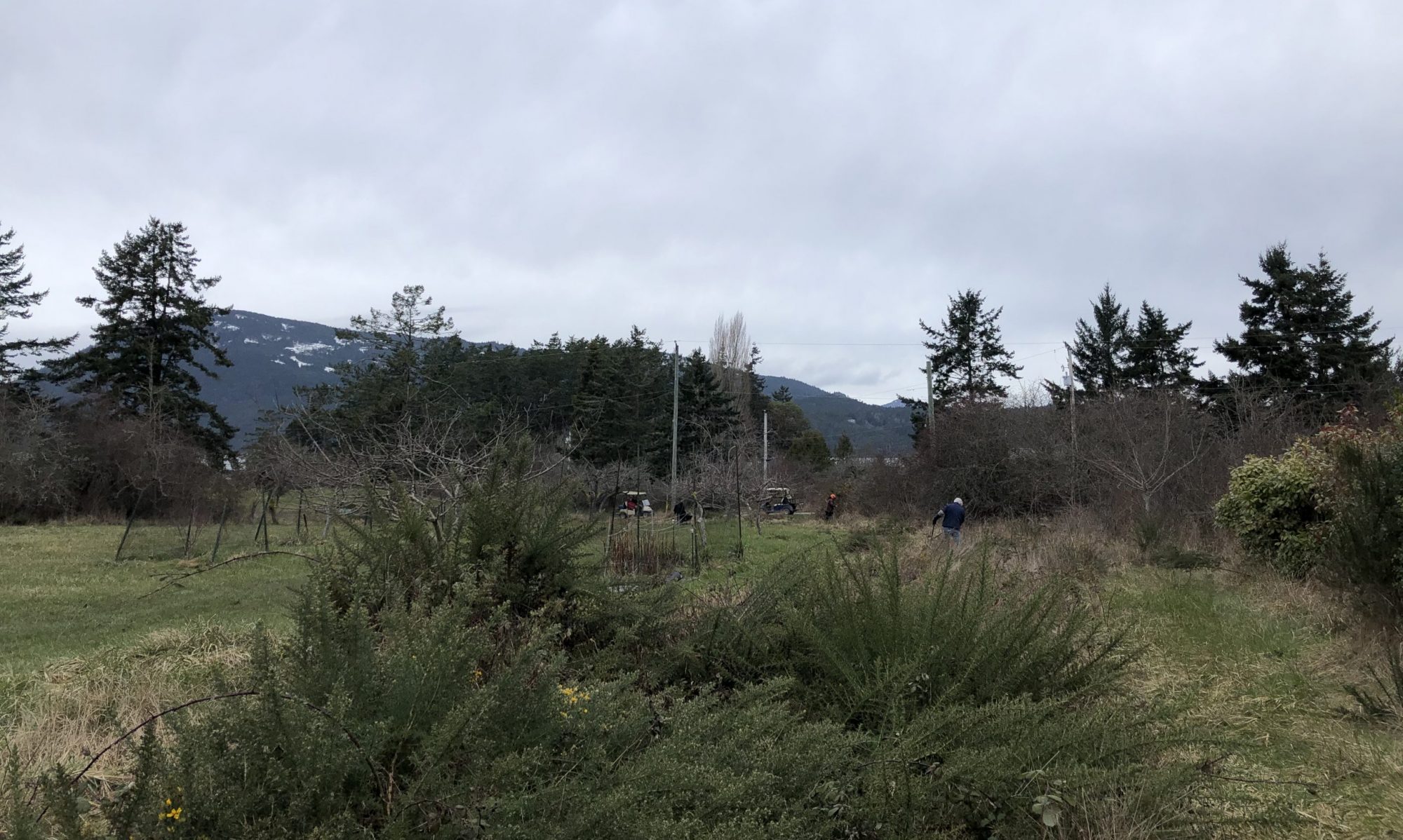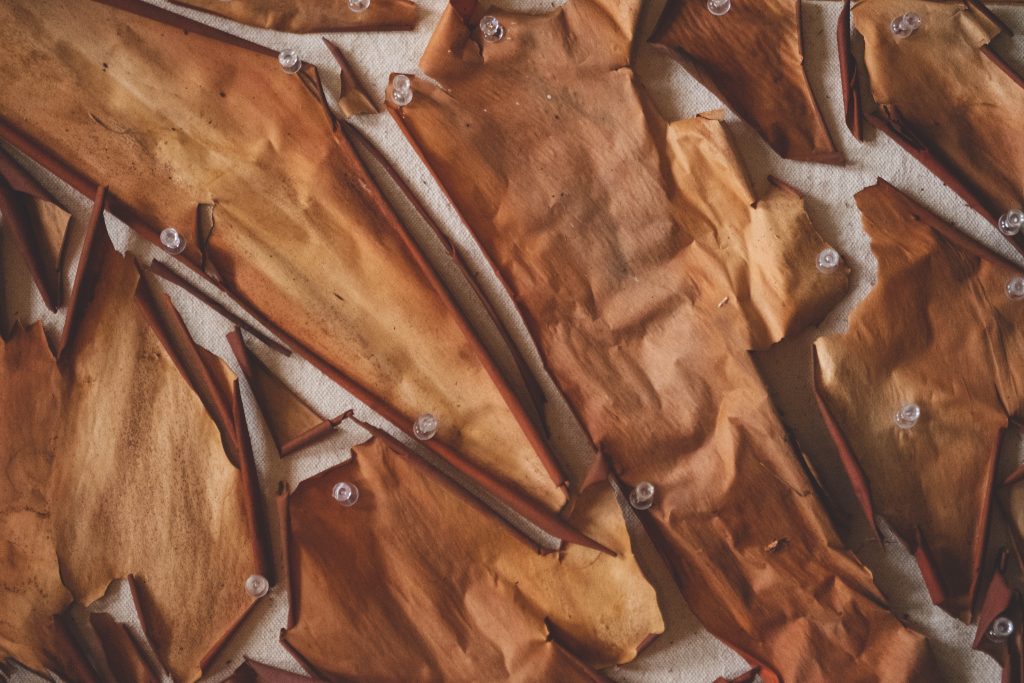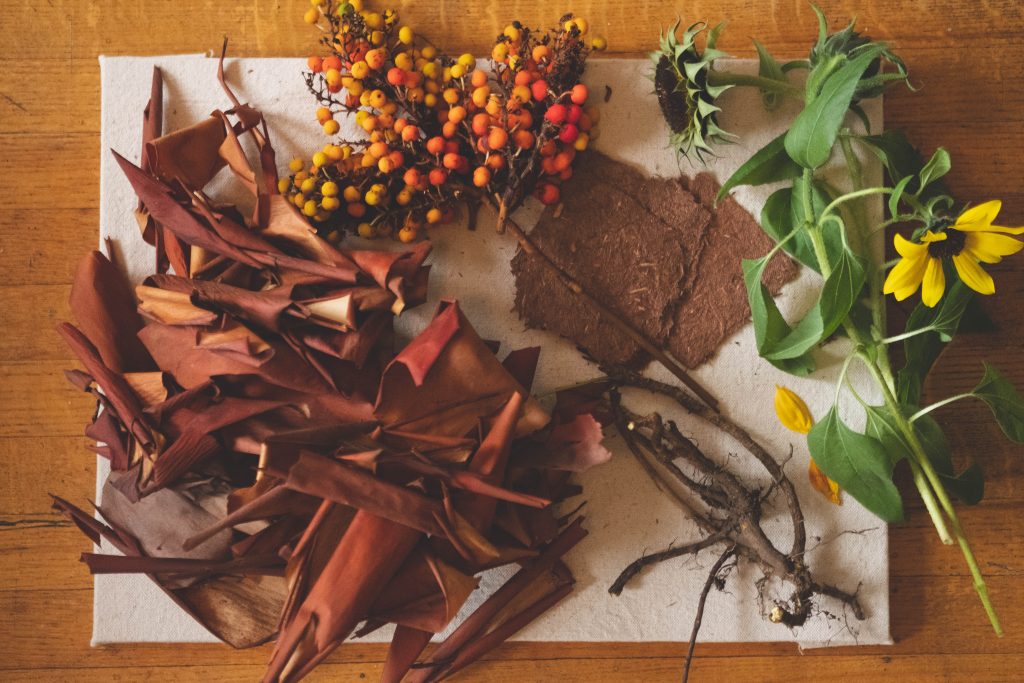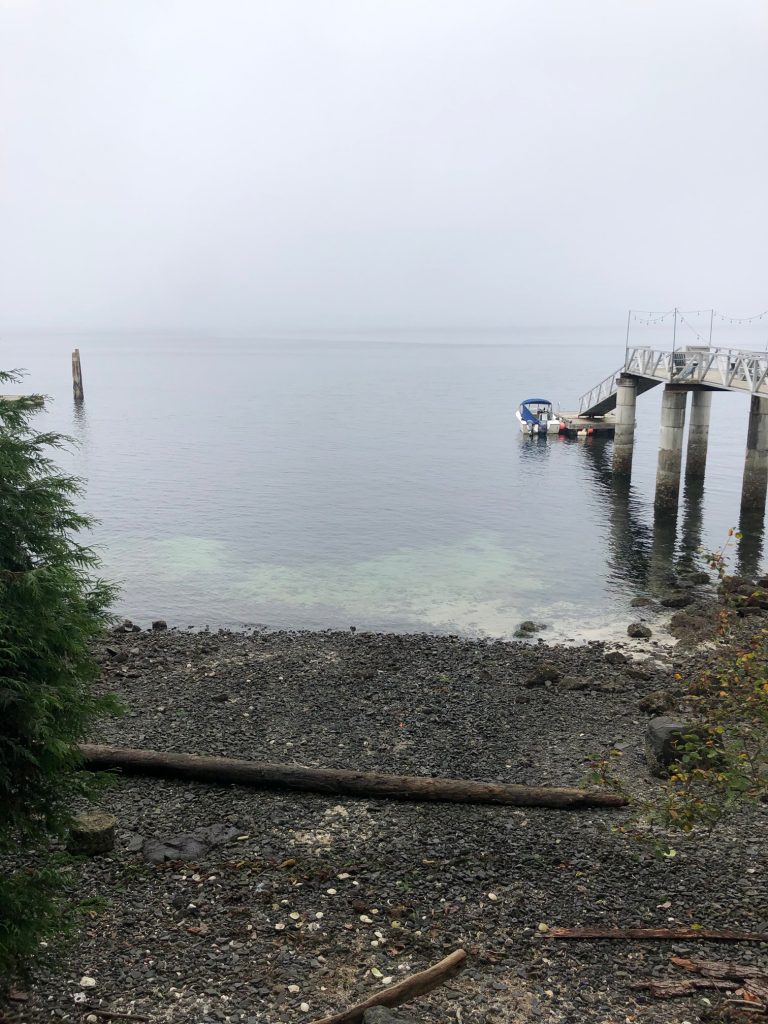
Coincidentally, I happened to be returning to the site where the cedar bark from action 3 was collected — Piers Island. It was an awfully foggy weekend, zero visibility across the channel. Therefore, we stayed off of the water, not exactly by choice, and kept to the forest.
The air was thick with mist and smoke from the neighbor’s wood stove. It wraps around you like a blanket and reminds you that it’s Fall. That, and the fresh layer of fallen leaves in every direction. I stood amongst the trees, looking to the towering cedars for inspiration. I made the paper from cedar, sure, but the paper that I am always drawn to on the west coast was at my feet — arbutus bark.
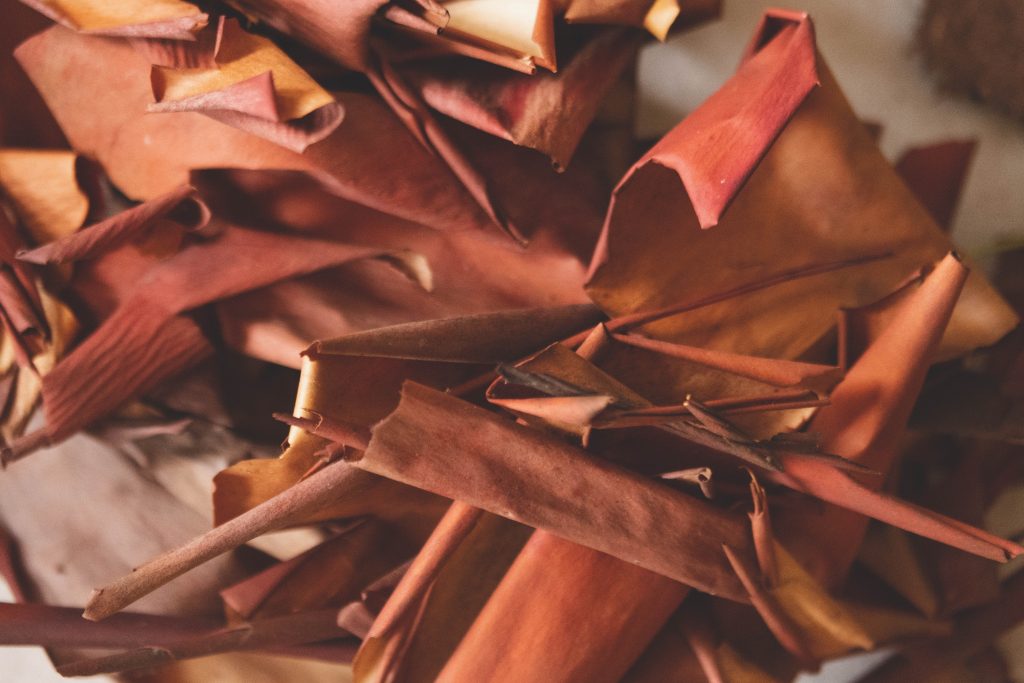
I then noticed that it is the time of year when the arbutus trees produce berries. They are clusters of yellow, orange, and red, that you can only find still in spots where the deer cannot reach. I plucked a few out of curiosity from a tree on their beach that hangs just high enough from the ground to survive.
I didn’t want to think about the action directly. The next day I took a break. Our last several hours on island, we went into the forest to see if we could find any chanterelles. I found a couple at the end of the season last year somewhere off the main trail, and we were hoping we could find a hidden trove of them. Piers has several moss valleys that are filled with douglas fir and salal bushes, which is supposed to be where yellow chanterelles thrive.

Searching for the golden crowns, I was constantly reminding ourselves of the yellow leaves, as they were a deceptive pop of color amongst the greens and browns of the forest floor. Each one could be a mushroom! At this point, color became a distraction. I was so aware of it, so focused on it.
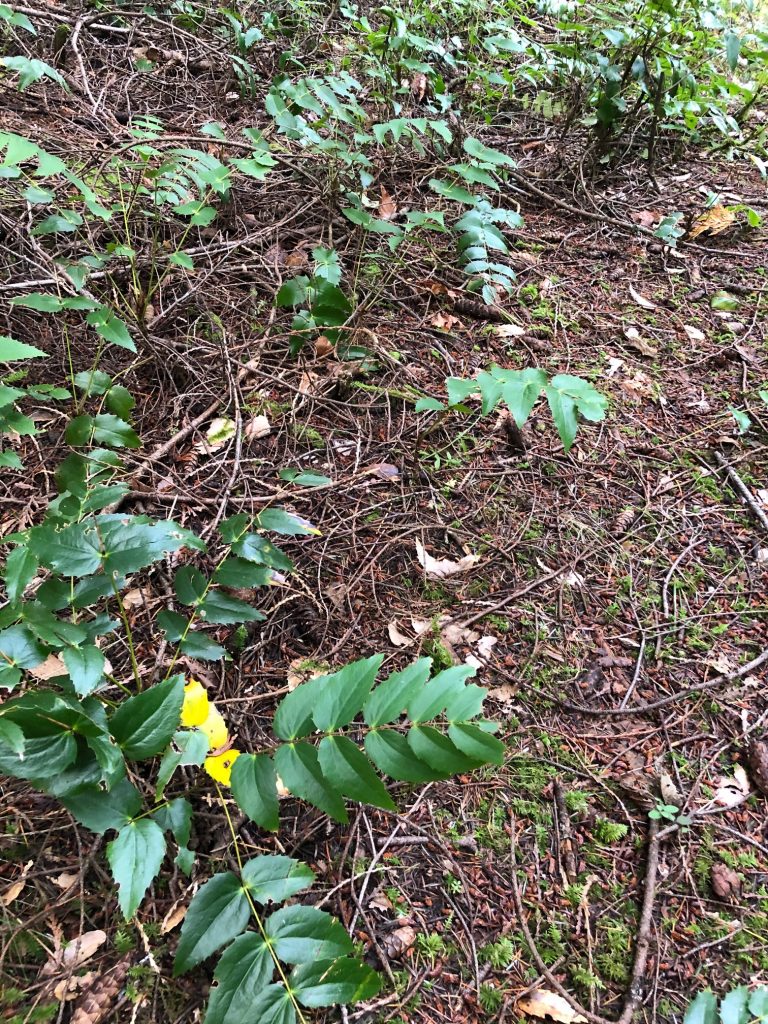
The yellowing oregon grape leaves reminded me of their vibrant roots — a well known natural dye — and I pulled a few to add to my basket of goods.
This last forest photo was us leaving the canopy, and I stopped due to that front and center arbutus towering at the end of the trail.

Taking this all back to my apartment in Vancouver to digest, I spread everything out. My collections from the weekend, the paper from action 3, and some sunflowers that I planted in the first weeks of the pandemic over at the cabin. I kept getting drawn to the yellows — the berries, leaves, sunflower petals, chanterelle caps, and the oregon grape root. in order to bring these out, I decided to dye with them (all except the sunflowers).
I used some extra canvas I had laying around, and here were the results.
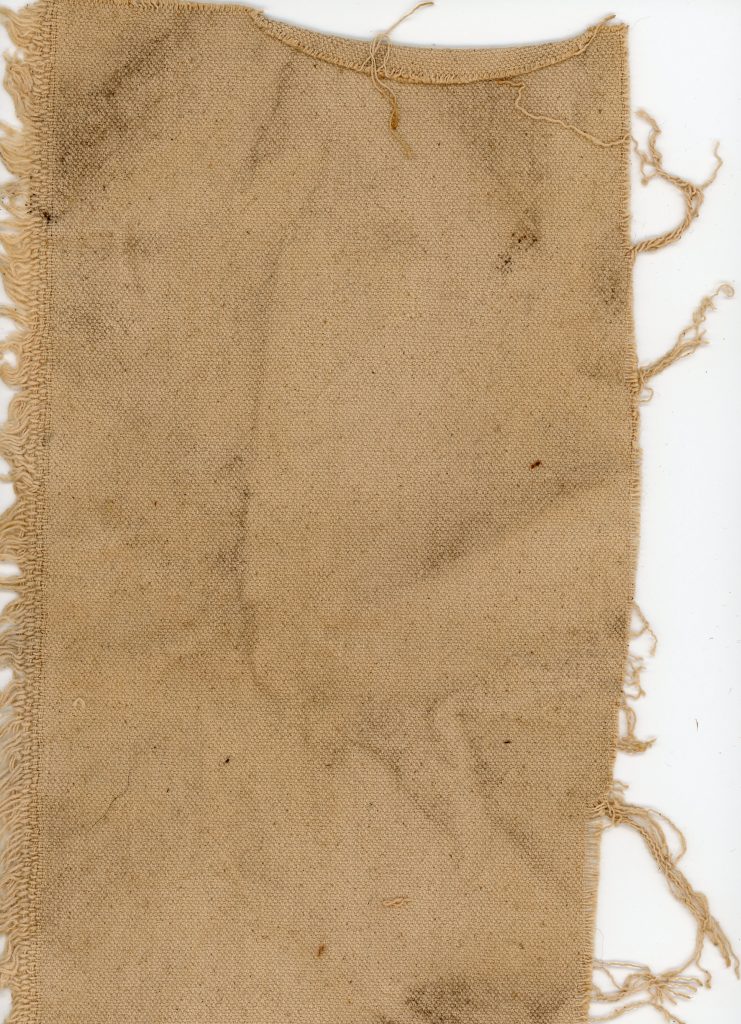
arbutus bark dyed canvas 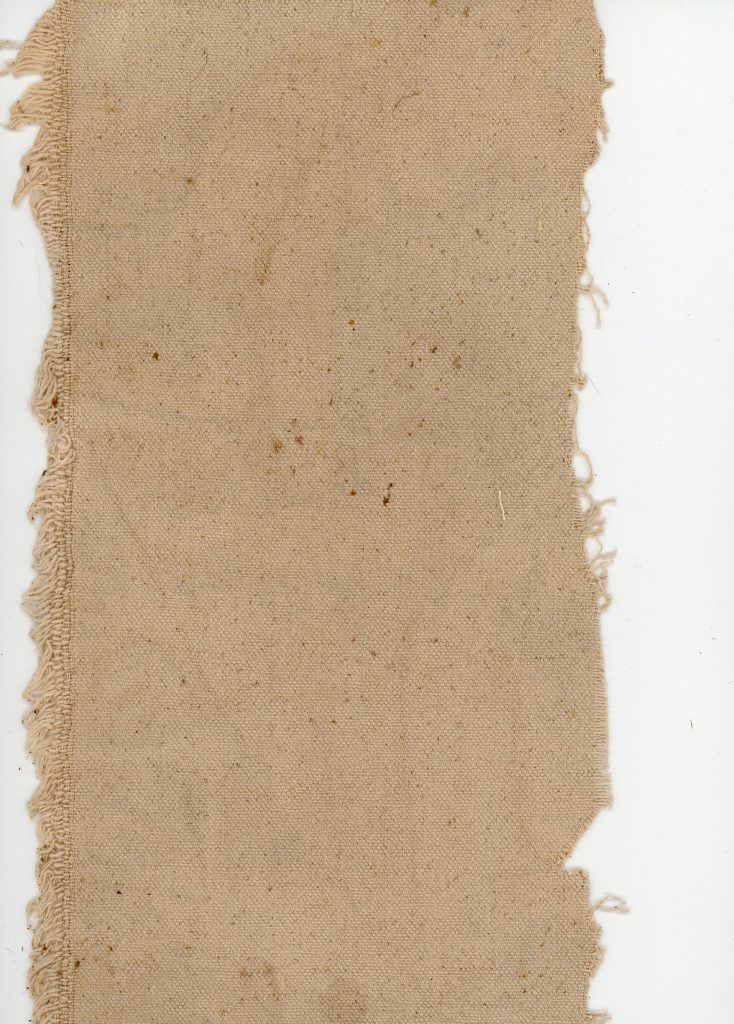
arbutus berries dyed canvas 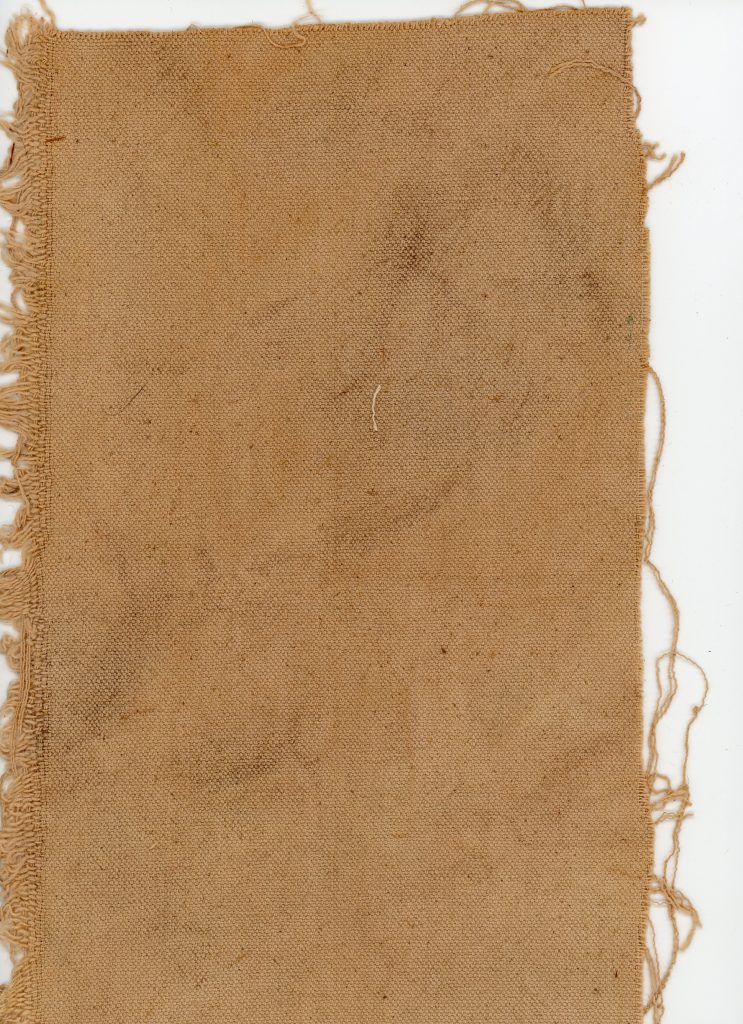
cedar bark dyed canvas 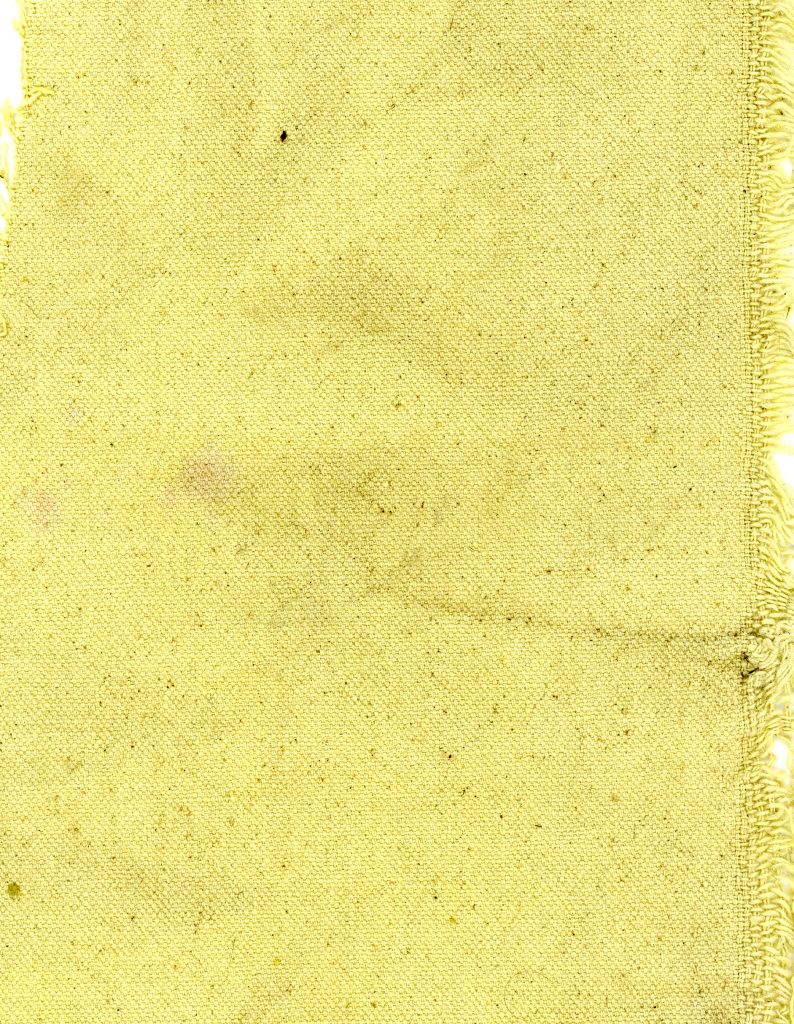
oregon grape root dyed canvas
I wanted to synthesize how the colors spoke out of the forest, even though these all turned out to be quite muted examples. In looking for the golden mushrooms, which assumedly would have been highly viable amongst the mossy forest floor, I instead found all of the yellows (along with a few chanterelles).
Then I hit a wall. Uncertain of how to connect action 3 with these new findings, I put all of these observations, materials, and photos in front of me and looked for what I wanted to say.
Then I realized that the colors could speak for me. The first idea thrown into the mix was a small quilt. With limited time and fabric (and very simple sewing skills), I sketched it. Then I charted this color map. My plan was to use this as a pattern to sew the dyed fabrics together. And while I am still planning on doing this, I wanted something a bit more comprehensive.
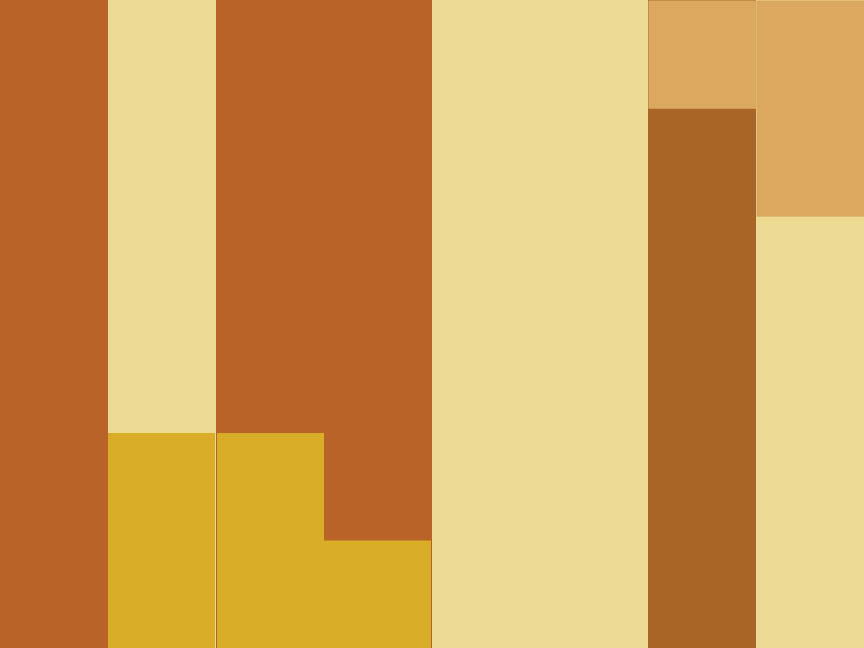
My final collage ended up being more multi-media than planned, and far from my usual ideas of making. Though it contains pieces of things I made with raw materials with my hands, it is two-dimensional and now virtual. In this form, you as the audience can see and interact with this piece the same way as I am now. We are all relating to it on a screen, wherever that may be.
